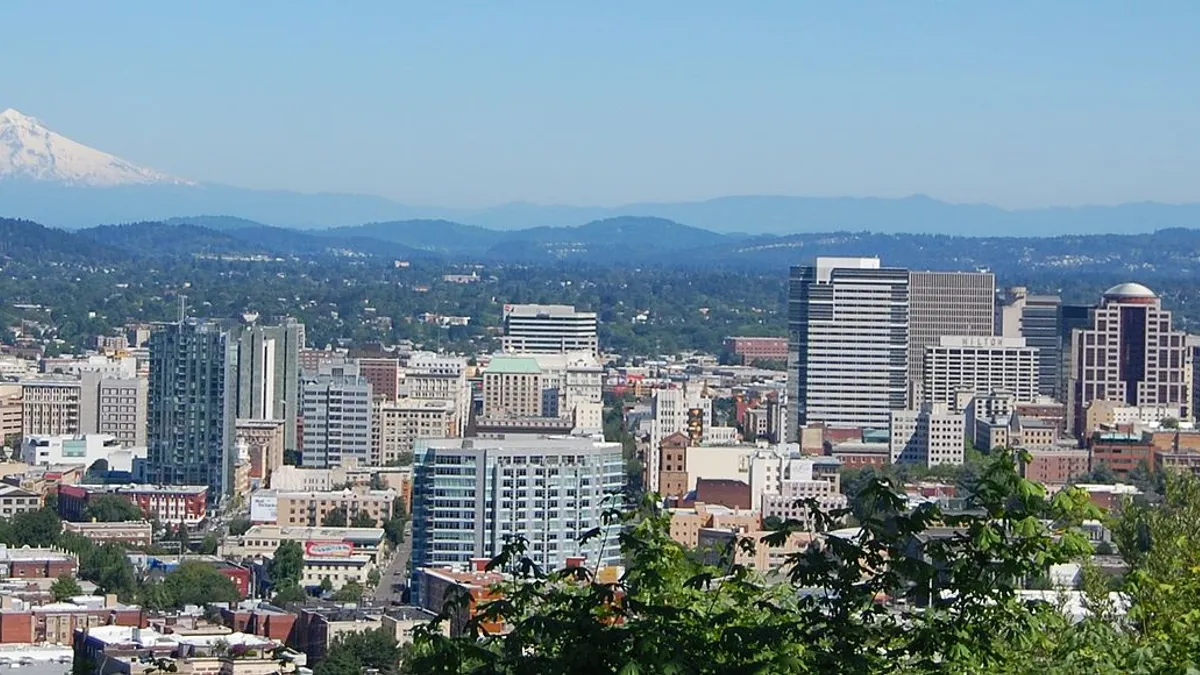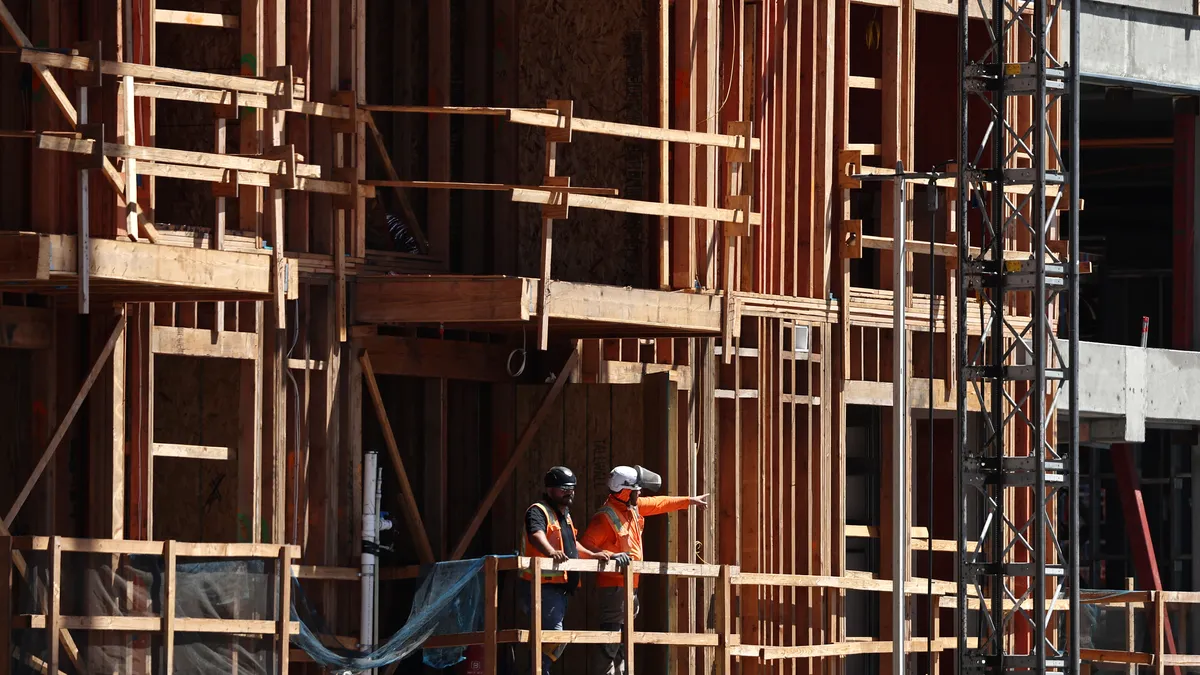Dive Brief:
- Oregon's Department of Administrative Services is proposing an initiative to construct two government buildings near the state's Capitol building capable of surviving a magnitude 9 megaquake, according to KUOW.
- Seismic upgrades to the buildings would include solar power and auxiliary generators, along with self-contained water and sewage systems and foundational shock absorbers.
- The buildings would house government agencies until a triggering seismic event, when they would be taken over by the state legislature, Supreme Court and governor to ensure the safety and continuity of government.
Dive Insight:
The Pacific Northwest is seeing its fair share of infrastructure projects designed for maximum quake survivability, due to the region's susceptibility to seismic activity. As part of Seattle's Alaskan Way Viaduct project, designers are incorporating titanium fiber “memory" rebar and stretchable, small-batch concrete into bridge construction to create spans that can retain structural integrity even after major seismic events.
Whether or not Oregon’s project gets the green light remains to be seen. In 2015, the legislature killed a $300 million plan to seismically retrofit the state Capitol building. But with the Cascadia subduction zone running like a live wire from Vancouver Island down to Northern California, researchers peg the probability of a magnitude 8 quake at 17 to 20 percent within the next 50 years. Such an event would unleash massive destructive energy and would likely result in the creation of tsunamis along the coastline. Resiliency planners — along with liability experts — consequently, shy away from applying the term “earthquake proof” to structures, instead focusing on the survivability of infrastructure rather than its ability to resist damage.











